Please help me find a good vent with glass and baffles
ontariomom
10 years ago
Related Stories
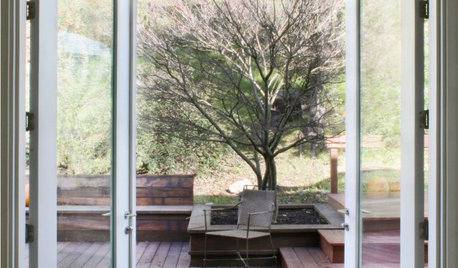
MOST POPULARFind the Right Glass Door for Your Patio
It’s more than just a patio door — it’s an architectural design element. Here’s help for finding the right one for your home and lifestyle
Full Story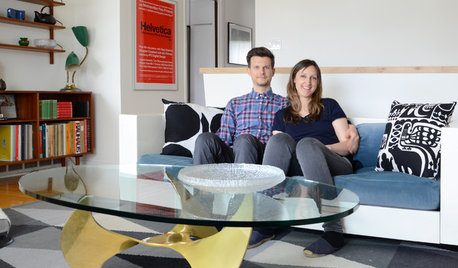
HOUZZ TOURSMy Houzz: Online Finds Help Outfit This Couple’s First Home
East Vancouver homeowners turn to Craigslist to update their 1960s bungalow
Full Story
HOME OFFICESQuiet, Please! How to Cut Noise Pollution at Home
Leaf blowers, trucks or noisy neighbors driving you berserk? These sound-reduction strategies can help you hush things up
Full Story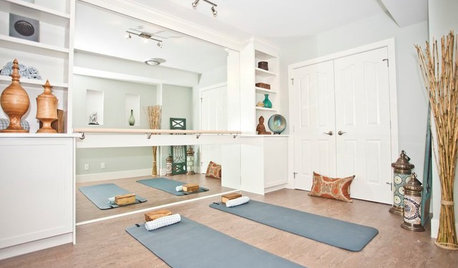
FUN HOUZZHouzz Quiz: How to Find Your ‘Me Time’ Place
Looking for the best place in your house to soothe away your stress? We’re here to help
Full Story
KITCHEN DESIGNHow to Find the Right Range for Your Kitchen
Range style is mostly a matter of personal taste. This full course of possibilities can help you find the right appliance to match yours
Full Story
KITCHEN APPLIANCESFind the Right Cooktop for Your Kitchen
For a kitchen setup with sizzle, deciding between gas and electric is only the first hurdle. This guide can help
Full Story
ORGANIZINGDo It for the Kids! A Few Routines Help a Home Run More Smoothly
Not a Naturally Organized person? These tips can help you tackle the onslaught of papers, meals, laundry — and even help you find your keys
Full Story
EARTH DAYHow to Help Your Town’s Beneficial Birds and Bugs
Make a habitat using local materials to provide a home to the creatures that help our gardens
Full Story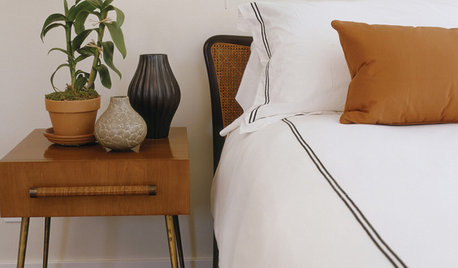
PRODUCT PICKSGuest Picks: Sophisticated Bedroom Finds for a Single Guy
No black-light posters, please. These bedroom furniture pieces and accessories offer grown-up style with a masculine flair
Full Story


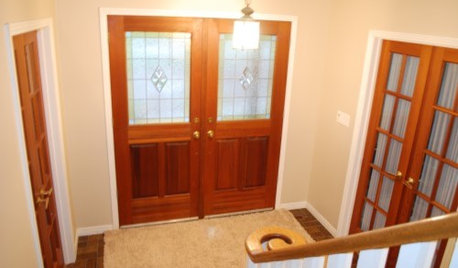

kaseki
ontariomomOriginal Author
Related Discussions
Help me find the perfect conifer, please!
Q
Please help me get my tomato seeds off to a good start
Q
Help me find a quartz countertop please!
Q
Can you help me find a good tan wall color?
Q
ontariomomOriginal Author
kaseki
shannonplus2
ontariomomOriginal Author
julieste
shannonplus2
ontariomomOriginal Author
ontariomomOriginal Author
jahrms
kaseki
ontariomomOriginal Author
shannonplus2
kaseki
ontariomomOriginal Author
kaseki
ontariomomOriginal Author